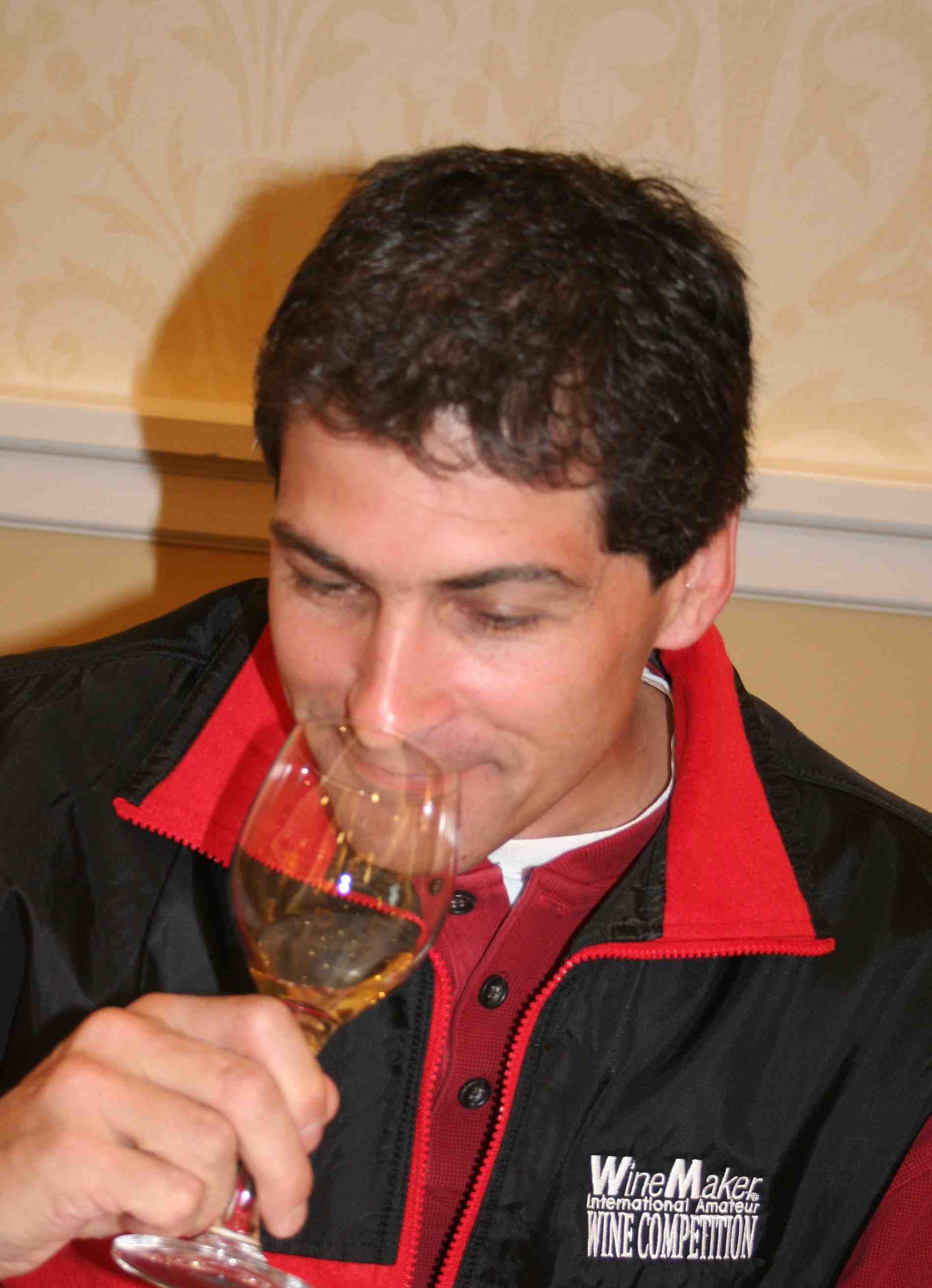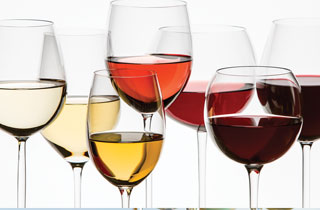How long have you been making wine, and how did you get started?
I started making wine in 1992, one year after we moved to eastern Washington from San Diego, California. I had started by brewing beer back in 1984, and got to the point where I was doing all my own mashing. But when we moved to Eastern Washington, and found ourselves in the middle of wine country, I decided that I should try making wine.
How much wine do you make in a year? What do you do with it all?
I typically make about 75 gallons (284 L) per year, give or take 10 gallons (38 L). I drink some of it and give the rest to friends and family.
Do you only make wine from fresh grapes?
Given how spoiled I am as to where I live, I always start with fresh grapes.
How, and from where, do you source your grapes?
I source grapes from as close as Red Mountain, but I have sourced grapes from across most of the Yakima Valley AVA. The furthest I have had to drive is about an hour for any grapes, so I feel really lucky to have such easy access to world-class grapes!
What styles of wine do you usually make?
Typically I focus on red wines, including Cabernet Savignon and Merlot. In 2014, I decided to go Bordeaux, so I also made Petite Verdot, Malbec, Cabernet Franc, and Syrah for blending. I also made Zinfandel and Sangiovese, as well as a Viognior and a late harvest Reisling for the first time.
Tell us about your Grand Champion Red Mountain Cabernet Sauvignon.
The ’13 Cabernet Sauvignon grapes from Redpath Vineyards on Red Mountain was my first from that AVA. I have sourced Merlot and Malbec from there as well. The 200 pounds that I got in mid-September went from a Brix level of 20.9 in the field to 23.5 in 10 days, but the pH held right around 3.4 and the titratable acidity had dropped to 0.6, so I got really lucky. It fermented on Brunello-BM45 yeast for about 14 days, and then I pressed it and transferred to stainless steel, and then into a barrel about 6 weeks later. It stayed in the barrel for about seven months until bottling.
What it is about the Red Mountain AVA that stands out to you?
Eastern Washington’s unique geology, desert climate, mild winters, and available irrigation from the Yakima, Snake, and Columbia Rivers make this an ideal wine grape region. Couple that with the south facing slope of Red Mountain, and you get great tannic reds with intense varietal flavors that are truly unique.
Did this wine stand out to you from others you have made? If so, what about it stood out?
Actually, my wife, Jan, has a much better palate than I, and she thought this (and some of my other wines) were really good. I think that it was the intensity of this wine that made it so good. It also retained its Cabernet varietal character.
Did you enter it into the WineMaker Magazine Amateur Wine Competition with the expectation that it would medal?
I was hoping for medals, but I nearly fell out of my seat at winning the Grand Champion this year. My real purpose is to get the scoring sheets afterwards to get an unbiased view of my wines so that I can make further improvements.
What is some advice you have received along your winemaking career that has best helped you?
I have made every mistake known to winemakers. The best advice I have gotten is to taste and measure what’s going on with your wine continuously until you bottle it. Make adjustments very early on (at the crusher) and then tweak things as you go.
Any different advice you’d pass along to other amateur winemakers?
I highly recommend reading Winemaker Magazine and attending the annual conference. When I attended my first conference in Monterrey, California it really opened my eyes, and I fully attribute my success to the world-class speakers that are brought in each year.
What does the future hold in your winemaking?
This year I am trying to make Merlot from five different Washington AVAs as an experiment to see the differences. I have thought about going pro at some point, but for now, I just want to continue to improve, and I would like to start a winemaking club here in Eastern Washington. But, I also enjoy my work at the Pacific Northwest National Laboratory, where I am managing the lab’s Energy Efficiency and Renewable Energy research program.






